In the journey of human development, the first five years of life are akin to the foundation upon which a sturdy structure stands. While the physical growth during this period is evident, it is the intricate wiring and sculpting of the brain that truly sets the stage for a lifetime of learning, behavior, and health. Let's delve into the science-backed reasons why these early years are absolutely critical for optimal brain development.

- Neuroplasticity: The brain is incredibly malleable during early childhood due to a phenomenon called neuroplasticity. This refers to the brain's ability to reorganize itself by forming new neural connections throughout life. However, this capacity is most pronounced in the first few years of life, allowing the brain to adapt and respond to experiences and stimuli at a rapid pace. Research published in the journal Nature Neuroscience has demonstrated that the brain exhibits the highest levels of neuroplasticity during infancy and early childhood, making it an opportune time for learning and skill acquisition.
- Critical Periods: Certain developmental milestones, such as language acquisition and sensory processing, have sensitive periods or critical periods during which the brain is particularly receptive to specific stimuli. For instance, exposure to language during early childhood is crucial for the development of robust language skills later in life. According to a study conducted by Harvard University, early language exposure significantly impacts a child's vocabulary size and grammatical complexity in later years, highlighting the importance of these critical periods in shaping brain development.
- Synaptic Pruning: As the brain develops, it undergoes a process known as synaptic pruning, wherein unnecessary or unused neural connections are eliminated while important pathways are strengthened. This process, which peaks during early childhood, is essential for refining neural circuits and optimizing brain function. Studies have shown that environmental enrichment during this period, such as engaging in stimulating activities and positive social interactions, promotes synaptic pruning and enhances cognitive abilities. Conversely, experiences of neglect or adversity can disrupt this process, leading to long-term consequences for brain development and mental health.
- Emotional Regulation: Early childhood is a crucial period for the development of emotional regulation skills, which are essential for navigating social interactions and coping with stress later in life. The prefrontal cortex, a region of the brain responsible for executive functions such as decision-making and impulse control, undergoes significant maturation during this time. Research published in the Journal of Developmental Neuroscience has highlighted the role of early caregiving experiences in shaping the development of the prefrontal cortex and promoting emotional resilience.
- Long-Term Impact: The experiences and interactions during the first five years of life lay the groundwork for future academic achievement, mental health, and socioeconomic success. Longitudinal studies, such as the Adverse Childhood Experiences (ACEs) study, have demonstrated the enduring impact of early experiences on brain development and overall well-being. Children who experience nurturing and supportive environments during early childhood are more likely to exhibit positive outcomes across various domains, including education, employment, and physical health.
| In conclusion, the first five years of life represent a critical window of opportunity for promoting healthy brain development and laying the foundation for lifelong learning and well-being. By understanding the science behind early childhood brain development, we can empower parents, caregivers, and policymakers to prioritize investments in high-quality early childhood education and support systems, ensuring that every child has the opportunity to reach their full potential. Let's seize this invaluable opportunity to unlock the boundless potential within every young mind. |
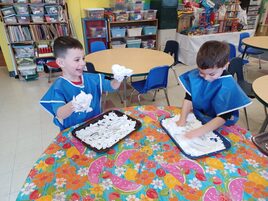
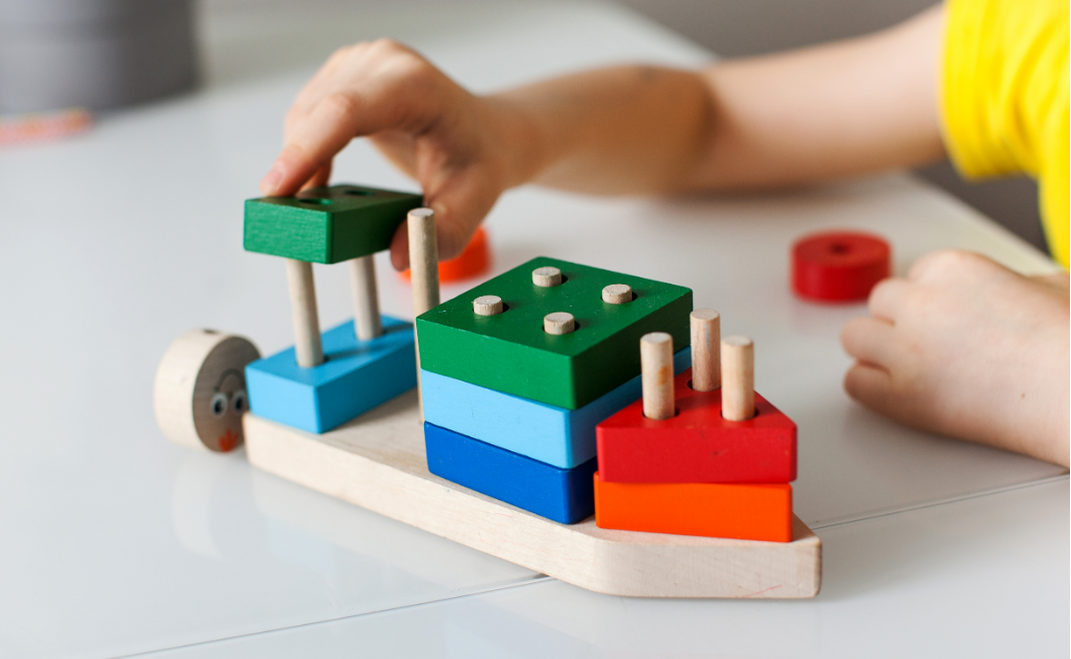

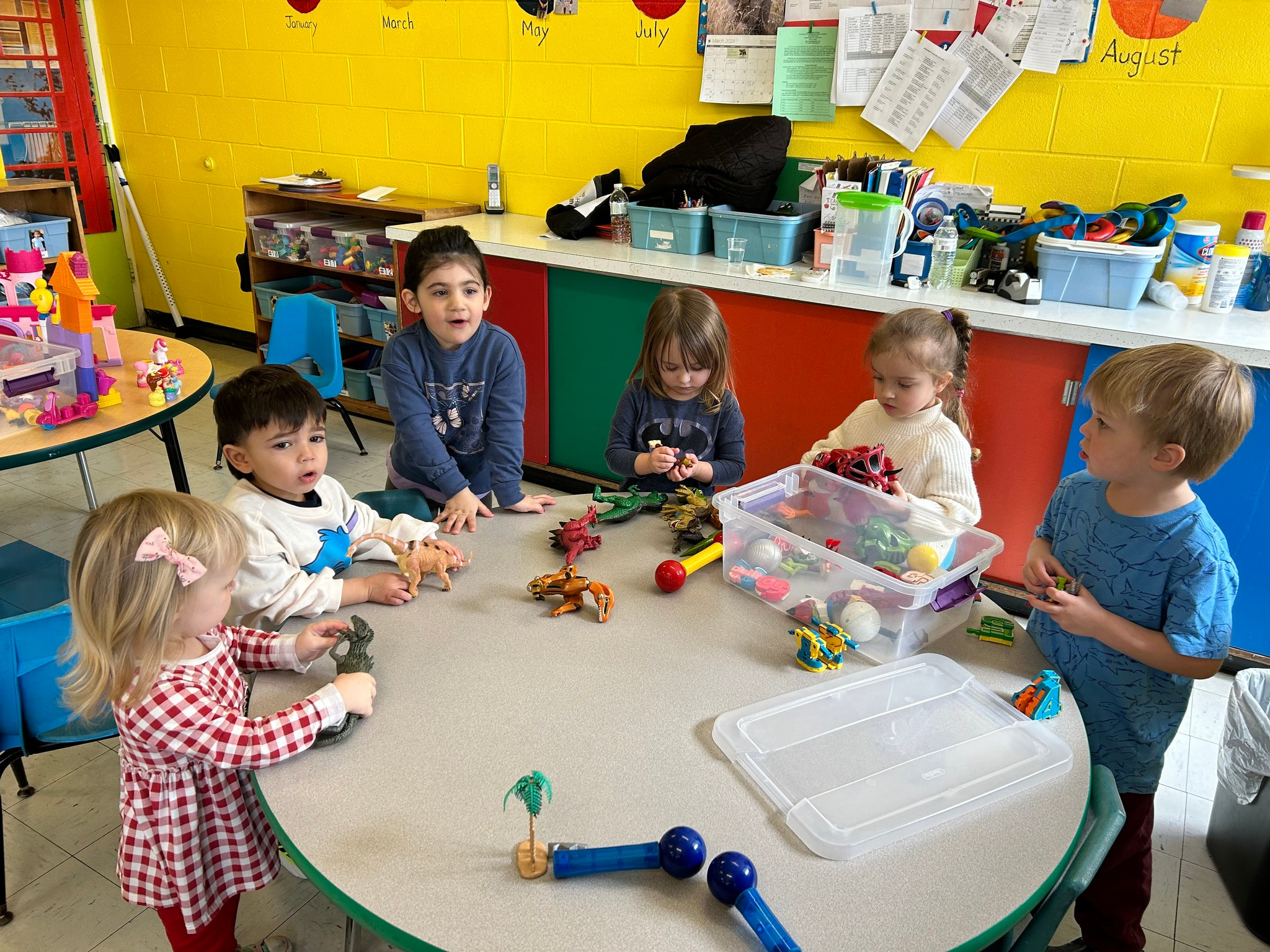

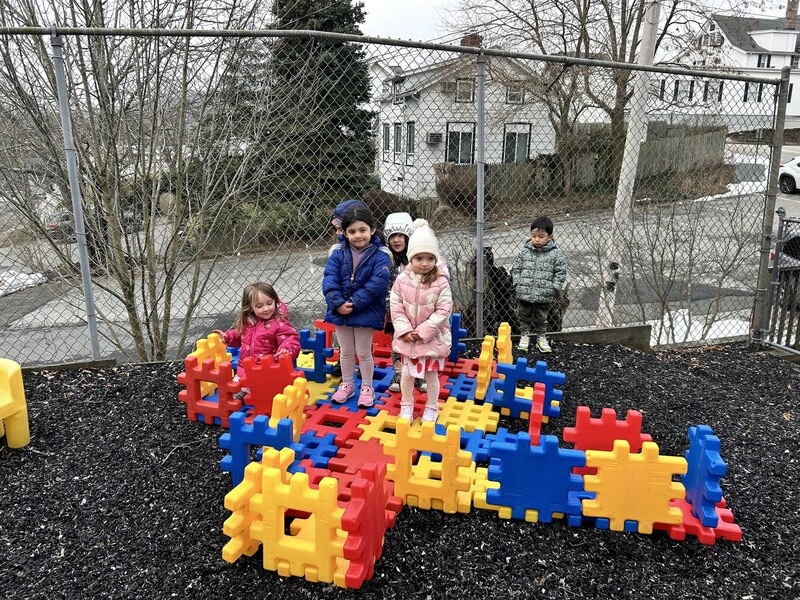
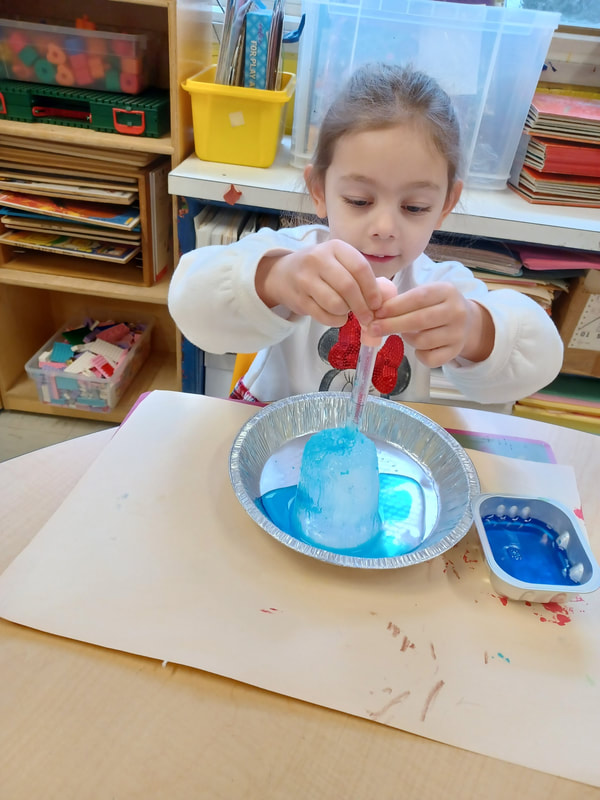
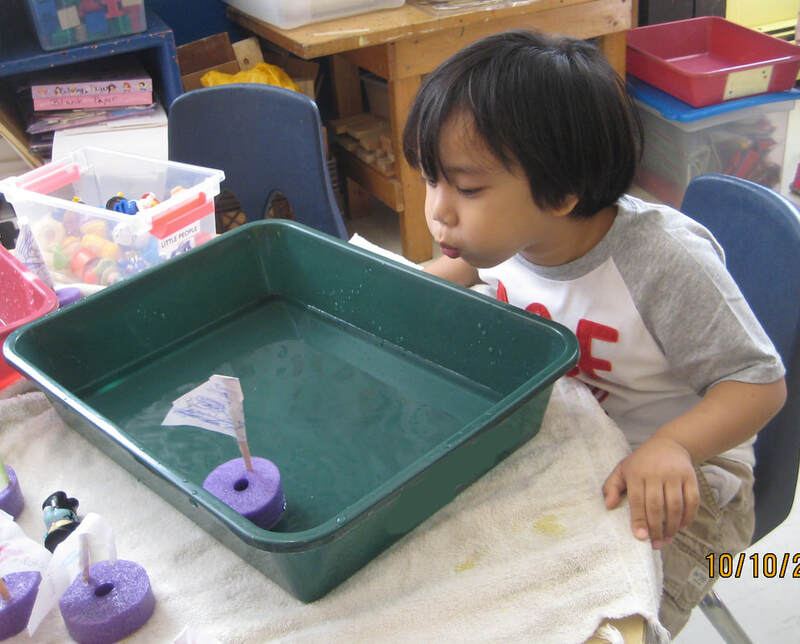
 RSS Feed
RSS Feed
